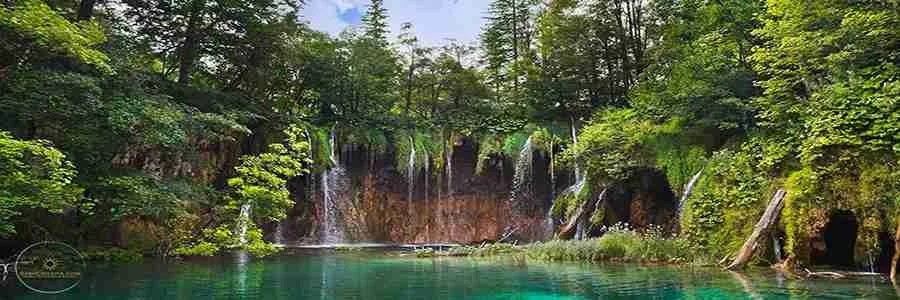The Cathedral of the Assumption of the Blessed Virgin Mary – Pula – Istria – Croatia, was built in the 6th century, when Pula became the seat of a bishopry, over the remains over the original site where the Christians used to gather and pray in Roman times. It was enlarged in the 10th century. After its…
Category: ISTRIA

Chapel of St. Mary Formosa
Chapel of St. Mary Formosa – Pula – Istria – Croatia, was built in the 6th century (before 546) in the form of a Greek cross, resembling the churches in Ravenna. It was built by Maximianus of Ravenna, then a deacon, but later Archbishop of Ravenna. It was, together with another chapel. Part of a Benedictine abbey that was demolished in…

The Gate of Hercules – Pula
The Gate of Hercules – Pula – Istria – Croatia, stands between two, most probably medieval towers, of simple construction built of uncarved stone blocks. At the top of the damaged arch, although hardly recognizable, is a carving of the head of Hercules and his club. Close to the club is a damaged inscription, most…

Twin Gates – Pula
The Twin Gates – Pula (Croatian: Dvojna vrata ) is a Roman city gate located in Pula – Istria – Croatia. It was built during the late 2nd century as a double arched gate (thus the name). It was one of the ten city gates of Pula, standing at the north side of the capitol. In antiquity, Pula was surrounded…

Pula – Istria – Croatia
If you are visiting Croatia, Pula is absolutely worth seeing. With remnants of Roman history, walking trough this town of extraordinary beauty with a 3000-year history, Pula takes you to another era. Pula is one of Croatia’s most fun destinations, offering a mix of cultural and historical highlights. With plenty of fun in the sun….

Forum Square – Pula – Istria – Croatia
Forum Square – Pula – Istria – Croatia ( Croatian: Trg Forum), the main square of classical and medieval Pula. This location, for example, at the foot of the central hill, was central to popular culture at the time. The western part of the city close to the sea. The coast where the Forum is…

Temple of Augustus – Pula – Istria
The Temple of Augustus (Croatian: Augustov hram; ) is a well-preserved Roman temple in the city of Pula – Istria – Croatia. Dedicated to the first Roman emperor, Augustus. It was most likely built during the emperor’s lifetime at some point between 27 BC and his death in AD 14. Built on a podium with a tetrastyle prostyle porch of Corinthian columns. The dimensions are about 8 by 17.3 m (26…

Arch of the Sergii – Pula – Istria – Croatia
Arch of the Sergii – Golden Gate (Croatian: Slavoluk Sergijevaca) is an Ancient Roman triumphal arch in Pula – Istria – Croatia. This arch commemorates three members of the Sergii family, but specifically Lucius Sergius Lepidus, who is serving in the twenty-ninth legion and participating in the Battle of Actium, in 27 BC. This suggests an approximate date of construction: 29–27 BC. The arch…

Brijuni Islands – Fazana – Istria – Croatia
The Brijuni or the Brijuni Islands (also known as the Brionian Islands) are a group of fourteen small islands in the Croatian part of the northern Adriatic Sea, separated from the west coast of the Istrian peninsula by the narrow Fazana Strait. The largest island, Veliki Brijun Island (also known as Veli Brijun), (5.6 km2), lies 2 kilometres (1 mile) off the coast. The second largest island is Mali…

Arena – Pula – Istria – Croatia
The Arena is an ancient Roman amphitheatre located in Pula – Istria – Croatia. It is the only remaining Roman amphitheatre to have four side towers entirely maintained. It is build between 27 BC and AD 68, as the city of Pula became a regional centre of Roman rule, called Pietas Julia. The building is named after the sand (Latin harena)…

